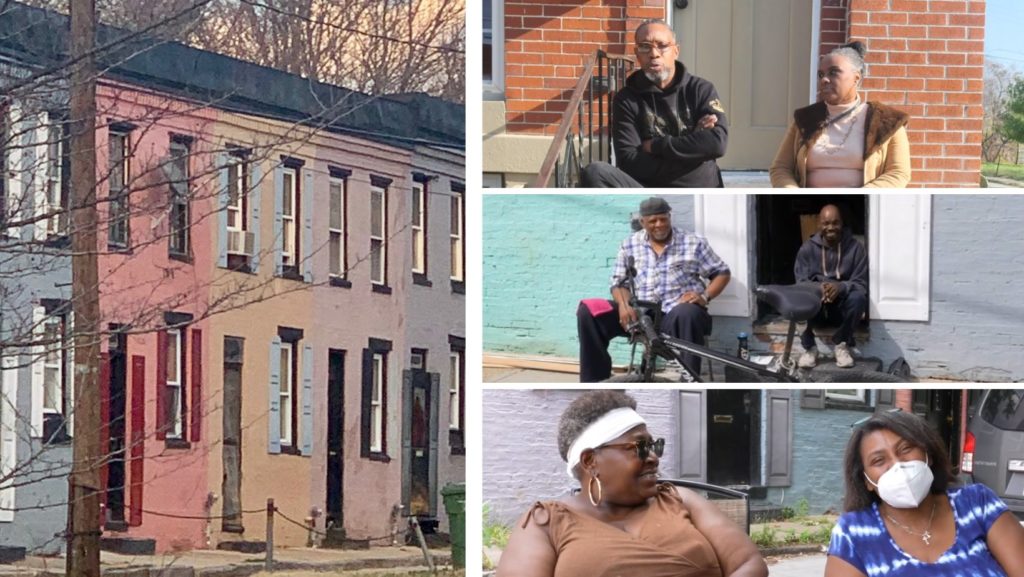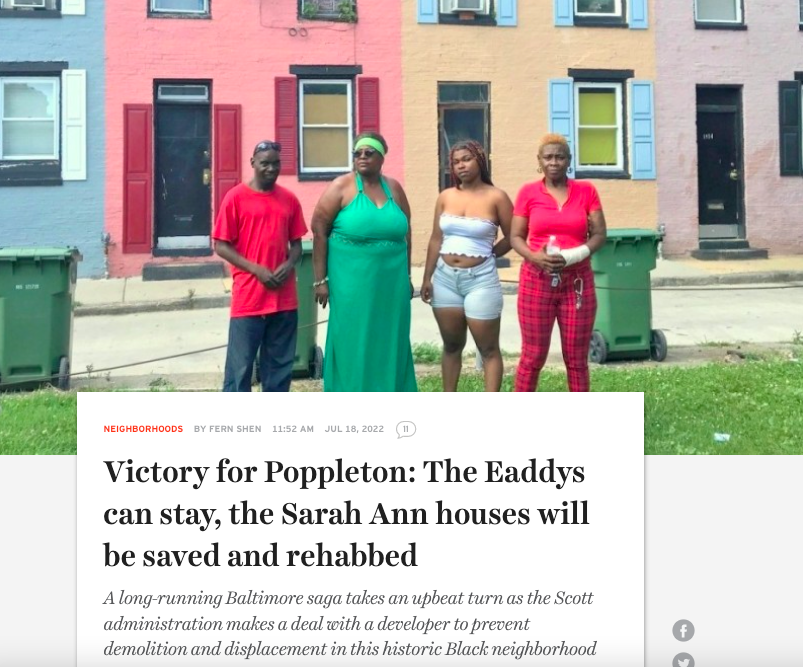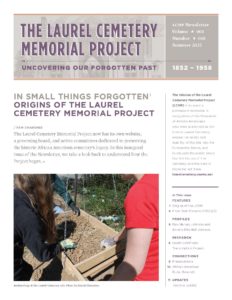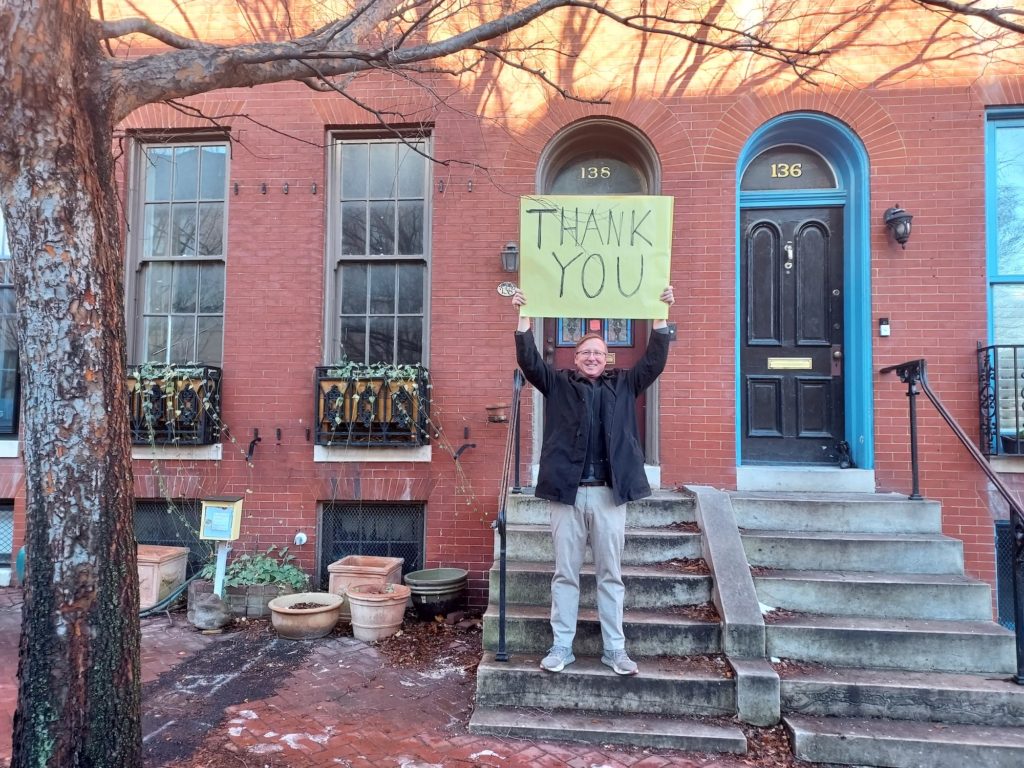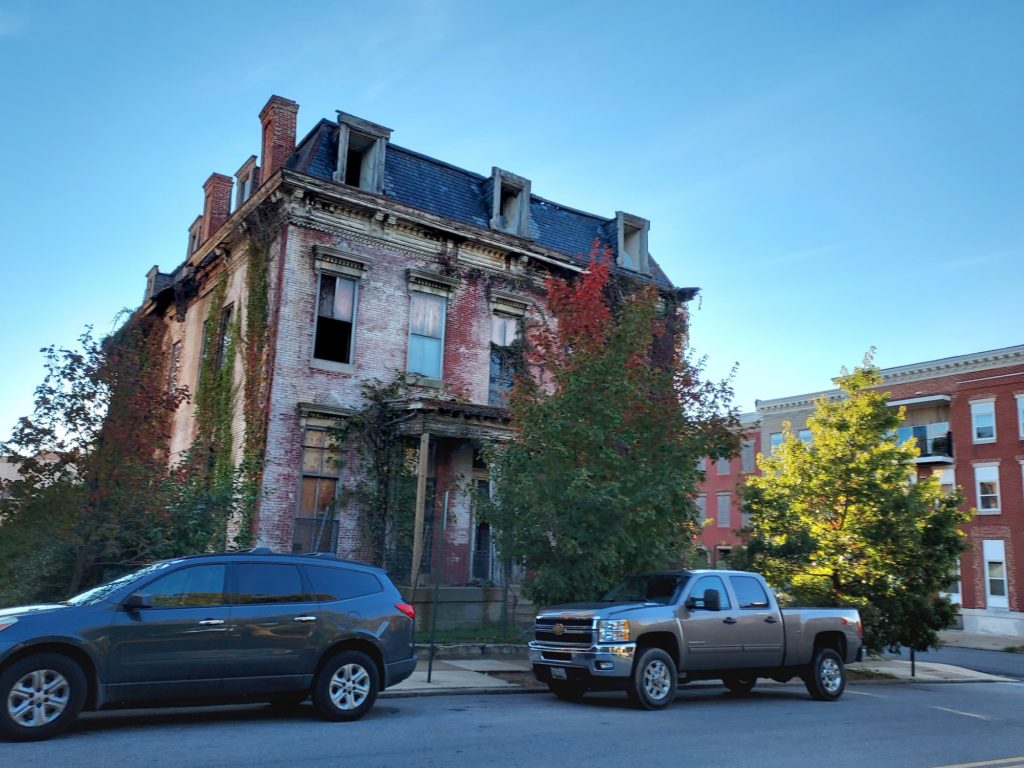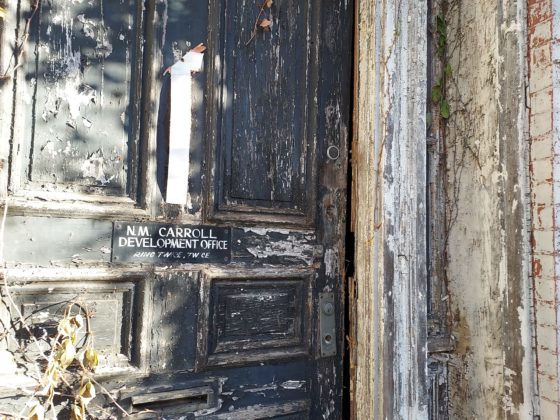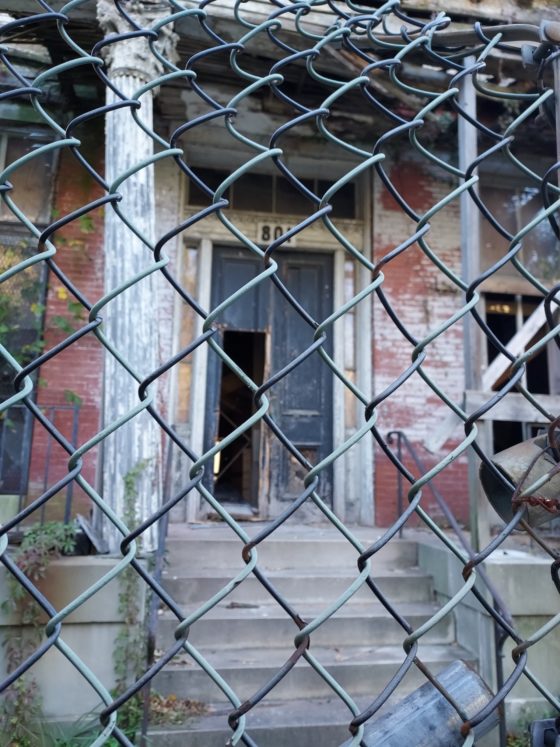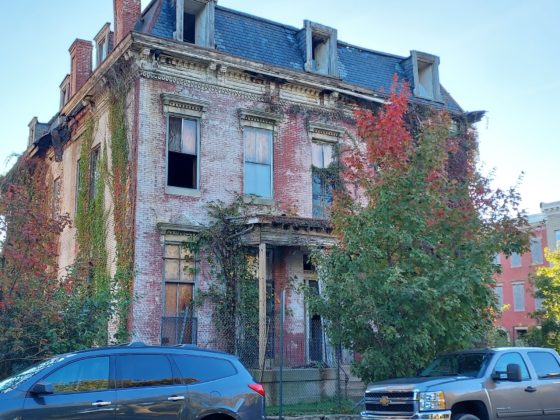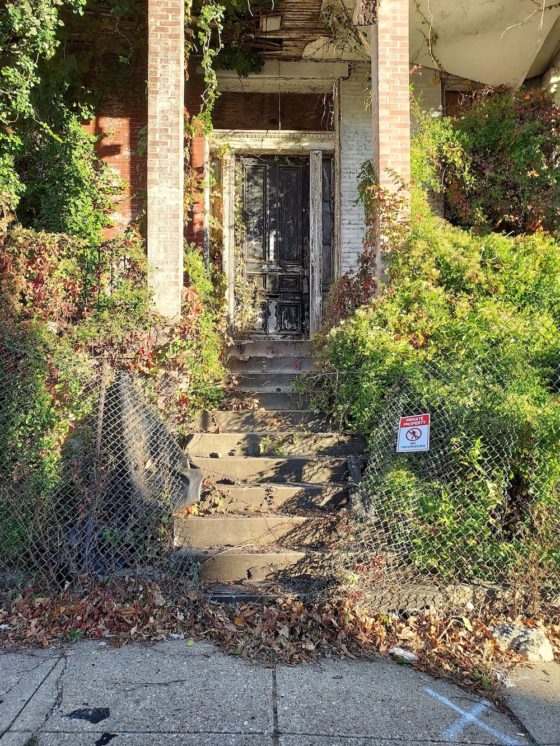Abell Foundation *
Abrams, Lissa *
Adair, James
Adams, Joe *
Adams, Patricia
Adams, Rachel *
Adams, Virginia *
Adashek, Aimee *
Adrian, Jean Marie *
Agee, Anne
AGM Financial Services*
Akchin, Don*
Alexander, Judith
Alicia and Joe Corson
Allegreti-Freeman, Lucille*
Allen, Carol*
Allen, Deborah
Allison Weiss and Frederick Sisk
Alt, Patricia
Amador, Catherine*
Amy Bonitz and Addison Palmer*
Amy Davis and Robert Cronan
Amy Macht and George Grose
Anbinder, Robert
Anderson, Jane
Anderson, Pat*
Andrea and Roy Struble
Andreone, Tom
Andrew and Sharon Nickol*
Andrews, Anna
Andrews, Donna
Andrews, Patricia *
Angela and Robert Pond
Ann and David Saunders
Anne and Hugh Coyle
Anne and Richard Swingle*
Anne and Tony South
Anne Raines and Eric Leland
Anozie, Lynda*
Anson, Melanie
Aquino, Karla
Aracil, Bonnie*
Architects, Penza Bailey
Arlene Forastiere and Gary Goldstein*
Armand and Kathleen Pulcinella*
Armbruster, Janet
Armold, Judith
Arnold, Richard
Arnold-Garza, Sara*
Arthur Gleckler and Kristine Kelly*
Ashby, Fay*
Ashcraft, Mary Ann
Audrey and John Rogers*
Ault, Donald*
Auni and Tim Gelles
Azola and Associates*
Azola, Anthony
Azola, Martin
Bahr, Raymond
Bailey, Lewis*
Bailliere, Anne*
Baisden, Ruth *
Baker, Natalie*
Baker, Susan*
Ball, Madelyn
Ballou, Ken
Baltimore Community Foundation
Baltimore National Heritage Area
Barbara and Edward Panowitz
Barbara and Gerard St. Ours*
Barbara and Glenn Davis
Barbara and John McDaniel
Barbara and Patrick Francis
Barbara and Sandy Weeks*
Barbara Christen and David Luljak
Barbara Engelke and Richard White
Bari, Lisa*
Barnes, Christine*
Baroch, Dee*
Barrett, Michael*
Barroll, Page
Barry and Barbara Blumberg*
Barry, William*
Barsda, Jo Ann
Barton, Cary
Basch, Paul
Bath, Susan*
Baynes, Kevin
Beck, Gary
Becker, Maureen
Belfoure, Charles
Bell, Lenora*
Bendann, Lance
Bengali, Kathleen
Bennish, Michael
Bennish, Michael
Bennish, Michael
Beretta, Dante
Berglund, Richard*
Berman, Deborah*
Berman, Meg
Bernardi, Lynn*
Bernie Silverman and John Hartman*
Bernstein, Neil
Bershad, Jacqueline*
Betancourt, Isabel*
Beth and Chuck Bullamore
Beth Leaman and Dino Talamona
Bierman, Babette
Bill Gilmore and Ted Frankel*
Bill Marker and Nan Tuckett
Bird, Betty*
Birkel, Bonnie*
Bissett, Wesley*
Black, Catharine
Blom, Kate*
Blonsley, Linda
Bob and Lynn Pellaton
Bobart, David
Bodian, Brenda*
Bohan, Deborah
Bomberger, Karen G
Bongiovani, Maryanne*
Borak, Mark*
Born, Carl*
Bosserman, Laura*
Bowen, Sarah
Bowers, Gary*
Bowers, Lee
Bowes, Arlene*
Bowie, Cindy*
Bowman Brown, Carolyn
Boyle, Ellsworth
Bradley, Bonnie*
Brady, Michael
Braman, Mary*
Brant, Joseph
Braun, Alexis
Brauneis, Robert
Braverman, Mara
Braymer, Nancy
brennan + company architects
Brennan, Alison
Brennan, Rob
Breslaw, Elaine
Brewer, Corey*
Brieger, William*
Briggs, Jo
Briggs, Patricia
Brigitte and Nicholas Fessenden*
Brinza, Patrick*
Brobst, Bonnie
Brockman, Suzanne
Broida, Michael*
Brooks, Susan*
Brower, Cynthia R*
Brown, Anna
Brown, Charlotte B*
Brown, David
Brown, Frona*
Brown, James
Brown, Jonathan*
Brown, Paul*
Brown, Rebecca*
Brown, Suzanne*
Brownell, Charles
Bruce and Suzanne Manger
Bruce Bauman and Elizabeth Halloran*
Buchbinder, Sharon*
Bucher, Ward*
Buckley, Marcia*
Buckley, Sean
Bunch, Robert
Burger, Jim*
Burke, Robert*
Burnett, Walter*
Buswell, Susan R.*
Butchers Hill Association*
Butler, Elise
Byrnes, John
Byrnes, Joseph
Byrnes, Patricia*
Cadigan, John
Cahill, Kathleen*
Callahan, Charles*
Campbell, Bettye
Campbell, Janet*
Cane, David
Caplan, Nancy
Caplan, Richard
Cardin, Deborah
Carel Hedlund and Len Fass
Carl and Carol Oppenheim*
Carl Roth and Karen Birdsong
Carl, Susan*
Carla Rosenthal and Alan Schwartz
Carlat, Louis*
Carol and Peter Holland
Carol and Tom Mariani
Carol Gilbert and Matt Arozian
Caroline and Peter Wayner
Carolyn and John Boitnott
Carroll, Jack*
Cassandra and Robert Black
Castronovo, Ingrid
Catherine Evans and David Goldstein
Catherine Heuer and Jeffrey Huber
Cathy Dryden and Dean Uhler
Catler, Susan*
Cavey, Rebecca
Celsy, Mylo
Chaitkin, Stuart*
Chalfant, Fred*
Chambliss, Deborah*
Chan, Thomas*
Chapin, David*
Charlene and Jay Simonds
Charles A. and Lois H. Miller Foundation
Charles and Diana Scott*
Charles and Lydia Duff*
Charles and Mary Meyer
Charles and Meredeth Wells*
Charles and Shirley Smith*
Charles and Susan Minor*
Charlotte and Charles Trainor *
Charrier, Jacqueline *
Chason, Patricia
Chenoweth, Sarah
Chenoweth, Sarah*
Chong, Sue Lin
Chris and Cynthia Whitaker
Chris Taylor and Thom Shipley*
Chrismer, Jim*
Christhilf, P. Raab
Christine and Christopher Myers*
Christoph, Erica*
Christopher Schisler and Robert Stimmel
Churchill, Robin*
Cindy and Tom Kelly
Citerone, Fay
Claiborne, Jonathan*
Clapp, Ann
Clark, Meredith*
Clark, Michele*
Clarke, Emily*
Clegg, Rae Ellen
Clemins, Karen
Cleva, Elise
Clifford, Brett
Clifton, Penny
Close, Craig
Clouse, Thomas*
Cogswell, Edwin
Cohen, Alan*
Cohen, Judy
Cohen, Pamela
Cole, Richard*
Coleman, Larry*
Colletta, Andrew
Collins, Holiday*
Compton, Matthew*
Conkwright, Terry
Connolly, Marion*
Connolly, Pamela
Connor, Joseph*
Cookingham, Linda
Cooper, Mary
Coreil-Allen, Graham
Corell, Calvin*
Cormeny, Nancy*
Costello, Robyn
Courtenay and Maurice Hoag
Cox, Carol*
Craig, Jill*
Craig, Sally
Cramer, Nancy*
Cramer, Paul
Craun, Margaret
Creamer, Gordon
Creamer, Kate
Creamer, Susan
Crew, Rebecca*
Cripps, Lynn
Cronin, Carol
Cross and Brenda O’Donovan
Cross, Charlotte
Cross-Barnet, Michael*
Crymes, Cathy
Culler, Karen*
Cullman, Nikken*
Cummings, Barbara*
Curtis, Barbara
D’Adamo, Margaret
Daddazio, Carol*
Dahl, Ann*
Daley, Margaret*
Dalsimer, Linda*
Daly, Vincent
Damie and Diane Stillman
Dan and Rene Pallace*
Danesie, Stephanie*
Daniel B. and Gina D. Hirschhorn
Danz Jr, John*
Darnell, Michael
Darryl and Mary Jurkiewicz
David and Bonnie Allan
David and Elizabeth Hancock
David and Jan Chapin
David and Jo Gadsby
David and Marilyn Warshawsky*
David and Mindy Hayes
David and Nancy Blois*
David Ditman and Denise Valancius-Ditman
Davis Nichols, Debbie
Davis, Jennifer*
Davis, Maureen*
Deardorff, Virginia
Deb and Jeff Chamblee
Deborah and Bernard Rabin
Deborah and Donald Scott
Deborah and Howard Berman
Deborah Diehl and Jonathan Claiborne
DeGroff, Marion*
Deibel, Carol
DeMarco, Sally*
Dembski, Mike
Demirjian, John
Demma, Rachel
Dendrinos, John
Denholm, Patricia
Denton, Heidi
Denzler, James
DeRosa, Susan
Derricks, Valerie
DeStefano, Jessie*
Deters, Philip*
Devlin, Thomas*
Di Prospero, Adriana
Diamond, Margaret*
Diana and Donald D’Agati
Diana and Larry Schramm
Dianne and Charles Feldman
Dibos, Paul*
Dickersin, Kay*
DiDonato, John*
Diebold, Julie*
Diffenderffer, R.B.*
DiLaura, Alice
Disharoon, Richard*
Disney, Elizabeth
Disney, Elizabeth*
Dissinger, Maureen
Diuguid, Lewis
Dobbs, Judy
Dobbyn, Angela*
Donald and Joanna Kann
Donohue, Carolyn
Donovan, Courtney*
Donovan, Sharon*
Dopkin, Michael
Dordai, Donna
Dorn, Patrick
Dorsey, Karin
Dorsey, Myrtle
Dorsey-Shaner, Laura*
Doug and Joan Campbell
Doug Kelso and Claudia Sennett*
Dougherty, Julie
Douglas, Todd
Dowling, Michael*
Downing, Shawn
Doyle, Judy
Dr. and Mrs. Allan Jensen
Dr. and Mrs. William Kreul
Dr. Thomas Smith and Dr. Joann Bodurtha*
Drake, Andrea*
Drexler, Sarah
Dru Schmidt-Perkins and Louis Perkins
Druckman, Dolph
Dube, Paula
Duncan and Maxine Hodge*
Dunsworth, Leslie*
Dusman, Dale
Duvall, Peter
Dyer, Dolly*
Dyer, Dolores*
E Mitchell, Kristen*
Eason, Nancy
Eberhart, Linda
Eckenstein, Dominik
Ed and Aviva Hord*
Ed and Christine Crawford
Ed and Jo Orser
Ed and Sue Dickey*
Eddy, John
Edenwald
Edward and Sallie Papenfuse
Eines, Ellie*
Eli Pousson and Dinah Winnick
Elizabeth and Gordon Bryson
Elizabeth Cusick and Geoffrey Himes*
Elliott, Clare
Elliott, Patricia
Engel, Jennifer
Eppler, Eric*
Eric and Esther Frey*
Escobosa, JoAnn
Espaillat, Nicole*
Ettinger, Susan
Everest, Robert*
Ewertz, Marjorie*
Exelon Foundation
Fava, Thomas
Feige, Donald
Feigelman, Susan
Felsten, Janet*
Fenton, Matthew*
Fernandes, Paula*
Festa, Jeannette*
Fickensher , Lisa*
Fifield, Rebecca*
Fink, Renee*
Finnerty, Carolyn
Fisher, Joan
Fishman, Sara
Fisk, Betsy
Fleishman, Ruth
Flood, Michael*
Florence and Francis Falatko*
Flottemesch, Barbara*
Flynn, Janice*
Foertsch, David
Fogelson, Laurence*
Forgach, John
Forster, Marjorie*
Foster, Linda
Fox, Jaclyn
Francis and Carolyn Knott*
Francis, Barbara
Fransen, Beverly
Franyo, Gigi*
Fraquelli, Dorothy*
Fred Shoken and Donna Beth Joy Schapiro
Frederick, Pamela
Freed, James*
Freedlander, Jonathan
French, Judith*
French, Julie*
Frenkil, Steven
Frideberg, Charlton*
Froide, Amy
Frost, Elisa
Fruman, Arnold
Fry, Jim
Fuhrmann, Sue
Fung, Phyllis*
Funkhouser, Rick*
Gaegler, Robert*
Galbreath, John*
Gall, Elizabeth
Galleher, Earl*
Galvez, Ginger
Gamper, Thomas
Gardiner-Ferretto, Mary Faith*
Garman, Allison*
Gary and Judith Floam
Gary Sachau and William Robertson
Gatchell, Richard*
Gavin, Barbara
Geist, John
Genovese, Lenora
George Lavdas and Jeremy Walston
Gernert, James
Gerr, Melissa*
Gessesse, Heywan
Gewanter, Ira
Gilbert, Teresa*
Giles, Ellen*
Gillett, John
Gillette, Susan*
Gilman-Forlini, Jackson
Gilpin, Richard
Gittings, Neil
Giulliano, Michael
Glassman, Molly
Glaze, Paige
GLB Concrete Construction*
Gleason, Bryan
Gleason, David*
Glenn and Susan Carey*
Glenn, Susan*
Goble Jr, James
Goerling, Rita

